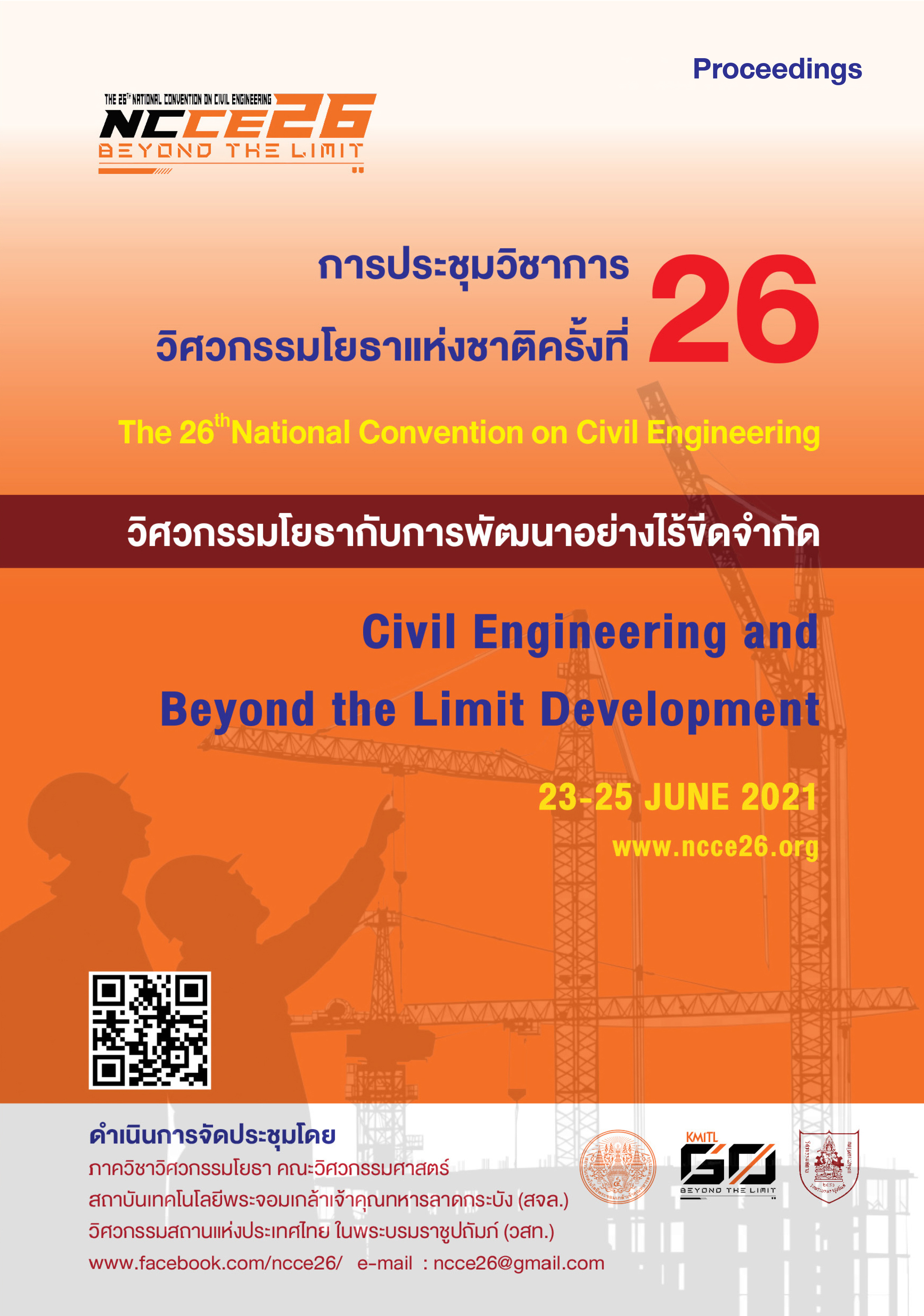Time series analysis of salinity for forecasting as a preliminary guideline to early warning: A case study of the Chao Phraya River Basin
Keywords:
Time series analysis, salinity parameters, early warning, and Chao Phraya River BasinAbstract
The lower Chao Phraya River is a vital source of water for agriculture, domestic usage, and industrial usage. Currently, this part of the river faces a problem of saltwater intrusion. Occasionally, the salinity of water from the river exceeds the standard for producing tap water set by the Metropolitan Waterworks Authority (MWA). The standard is that the salinity must not exceed 0.25 g/l at Sam-Lae raw water pumping station, Pathumthani. Sam-Lae raw water pumping station is a key station to transmit water for tap water production in the areas Bangkok and vicinity. Salinity intrusion affected the raw water management of the MWA, particularly from December 2019 to May 2020. This paper aims to analyze the time series of salinity and the other related variables to forecast as a preliminary approach for early warning. This study uses salinity data at Sam-Lae pumping station (MWA) as a target variable. Predictive variables consist of salinity at other measurement stations of the MWA, water level data from the Royal Irrigation Department (RID). The data sets were analyzed using multiple linear regression (MLR) and multiple non-linear regression (MNLR). The time-series data are in the period of 2014-2020. (Training period 80%, Testing period 20%). The results showed that MLR gave the best result (EI=0.7460) for 24-hour in advance salinity forecast. The result facilitates a development of an early warning alarm for salinity which will be useful for raw water production.
Downloads
Downloads
Published
How to Cite
Issue
Section
License
บทความทั้งหมดที่ได้รับการคัดเลือกให้นำเสนอผลงานในการประชุมวิชาการวิศวกรรมโยธาแห่งชาติ ครั้งที่ 26 นี้ เป็นลิขสิทธิ์ของ วิศวกรรมสถานแห่งประเทศไทย ในพระบรมราชูปถัมภ์



